Bony Fishes
the Teleostomi
While bony fish remains are relatively common, particularly in the Upper Gault, it is rare to find complete or articulated fossils. A successful method of collecting fish fossils is to bulk-sample the clay, dry and wash it, then sieve and sort through the residues with a hand-lens or microscope. This process will yield many tiny isolated teeth, vertebrae, scales, other bones and the otoliths (ear-bones) of fishes. Macro-fossils are usually limited to the occasional vertebrae and teeth. The teeth of Protosphyraena ferox Leidy are amongst the most common. Burrows attributed to Terebelloid worms are commonly lined with fish-scales and can be mistaken for complete fish fossils.
I am very grateful to Ms. Alison Longbottom of the Vertebrate Division of the Natural History Museum, London for providing identifications for the fish brain-case and albulid dentition.
fish brain-case from the Lower Gault of Folkestone
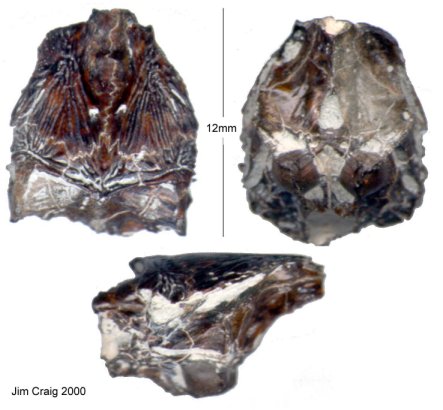
Spratticeps gaultinus Patterson 1970
lowermost Bed V - Euhoplites lautus Zone
Albulid fish dentition from the Upper Gault of Folkestone
unidentified fish dentition (possibly a pycnodont) from the Upper Gault of Folkestone
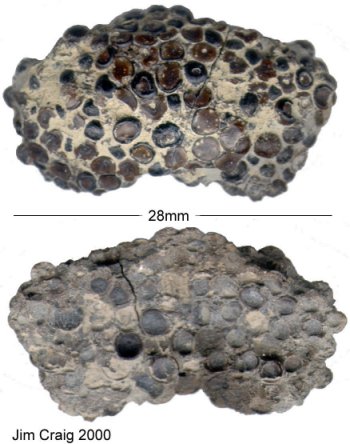
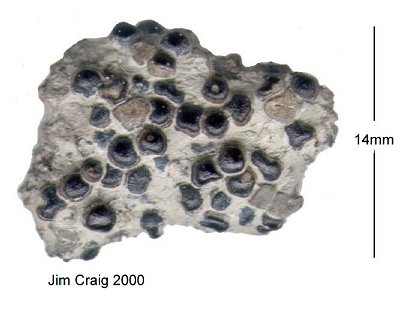
Casierus heckelii Estes, 1969
Folkestone - ex bulk-sample (detail not recorded)
Bed VIII - Dipoloceras cristatum Subzone
unidentified fish vertebra from St. Mary's Platt, KENT
tooth of Protosphyraena ferox Leidy from the Gault of Folkestone
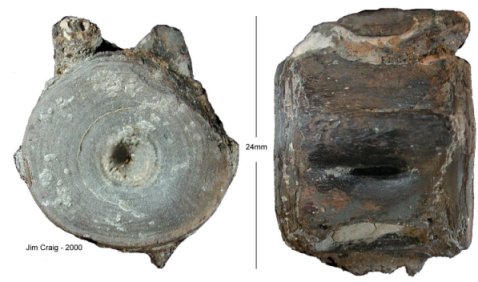
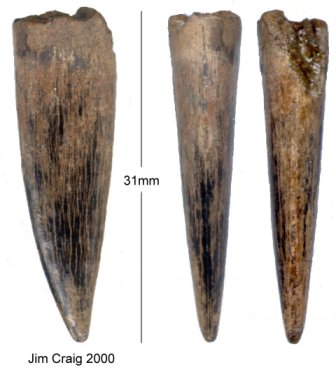
surface collected in Park Farm quarry
Gault Clay - surface collected
Unidentified Fish Otoliths (ear-bones) from the Gault Clay of Folkestone
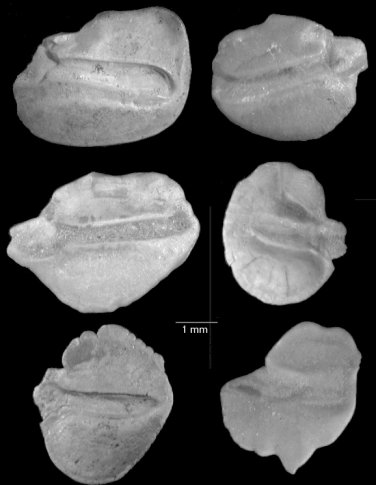
References:
a. Geol. Survey Memoir 1966. Geology of the country around Canterbury and Folkestone
b. Woodward A.S. 1908. The Fossil Fishes of the English Chalk, Part IV